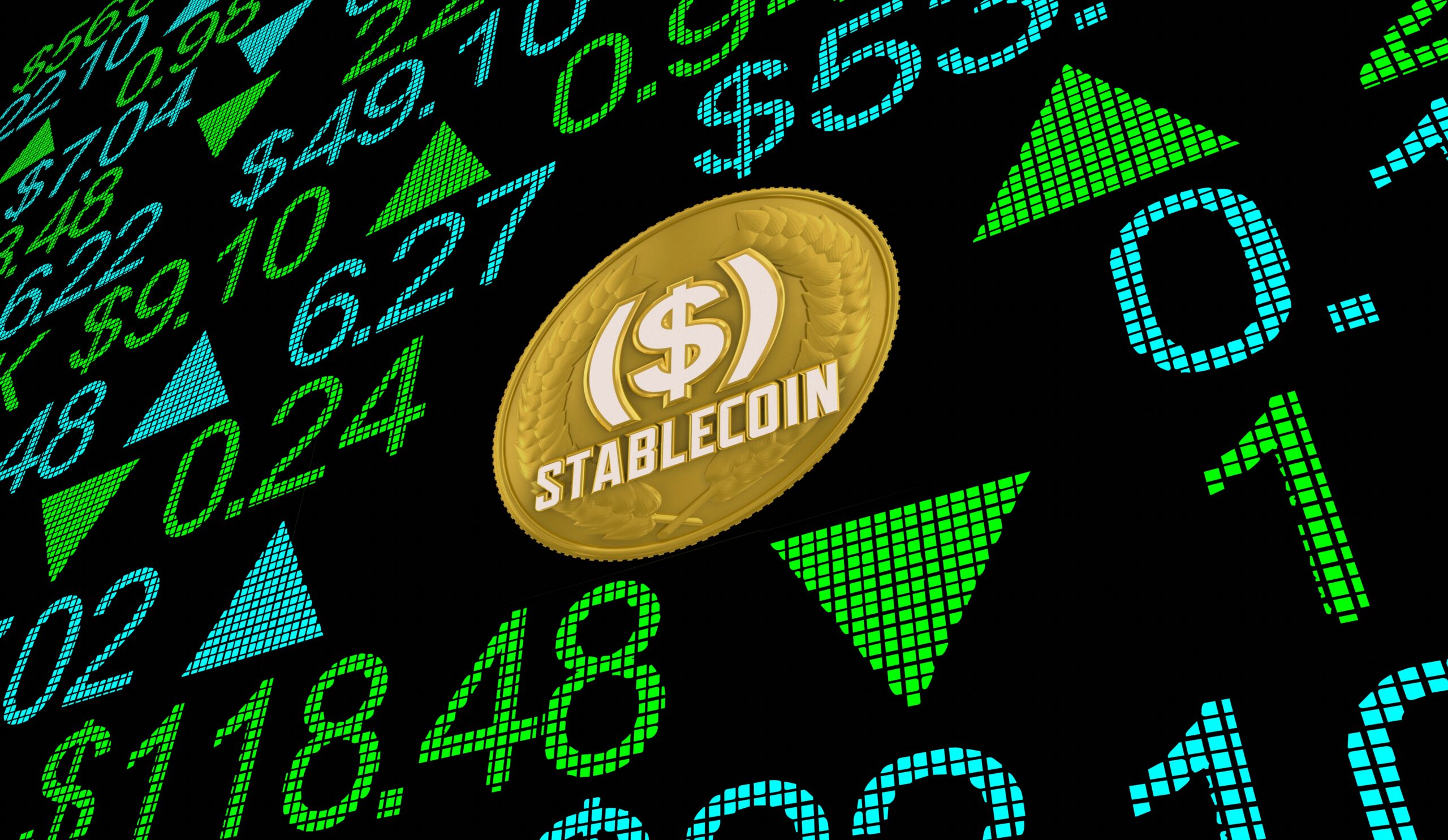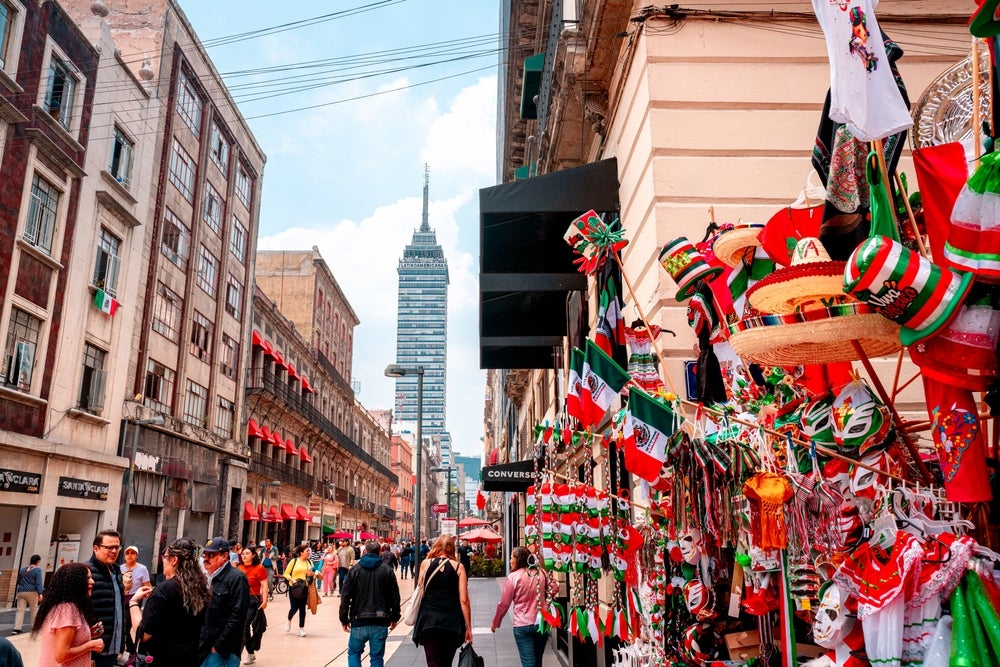
The cryptocurrency market is experiencing extreme turbulence, with Bitcoin’s value slumping below £20,000 at the time of writing. There are a variety of factors contributing towards price volatility, as crypto markets are becoming increasingly entangled with macroeconomic influences. The most prominent issues affecting both the crypto and stock markets include the ongoing Russo-Ukrainian war and inflation hitting record highs, leading many to rethink their investment strategies.
One of the primary reasons why there is a hesitancy to regard cryptocurrency as an asset class is its high volatility. However, stablecoins are meant to be an alternative to the likes of Bitcoin, which has a history of boom-and-bust cycles (since Bitcoin launched in 2009, its price has plummeted by over 50% in more than six times). In theory, stablecoins avoid volatility by tying value to a reserve asset such as fiat money or to exchange-traded commodities. For instance, stablecoins are often pegged to the US dollar, or gold. In practice however some stablecoins, including TerraUSD have crashed during the current crypto winter.
Jesse Brown, CEO at Himalaya Exchange, believes that the underlying issue with TerraUSD is that the stablecoin was supported by an algorithm, instead of cash. The algorithm would be working behind the scenes to automatically adjust the supply of TerraUSD based on a token called Luna. This was designed to keep the value tied to the US dollar. During the market crash, digital coin Luna lost 97% of its value in just 24 hours, leaving some investors in a state of disbelief.
Jesse explained: “As investors look at the current market and observe what’s happening to different coins and exchanges, it’s crucial that they understand that there isn’t just one type of stablecoin. Ironically, they’re not all stable! TerraUSD is the perfect example of where losses can be felt in a volatile market, especially if you’ve implemented bad policies and procedures.
“You can’t be tapping into your reserves 24, 48 hours later in this type of environment. You need your reserves very liquid, very quickly. That’s what we do well with Himalaya Dollar. We’re one hundred percent backed by cash reserves so in a difficult market, we’re not looking for outside governance or third parties to get our liquidity. We have it right on hand, so that was really the problem with UST.
“Tron’s stablecoin has been off peg now for a week or so and they’re highly over-collateralised. I think if you’re fine with an algorithmic stable coin not being pegged, being within five or six percent then great, but in the long-run I think these arbitraCoinge hunters will be the demise of algorithmic stablecoins.”
How well do you really know your competitors?
Access the most comprehensive Company Profiles on the market, powered by GlobalData. Save hours of research. Gain competitive edge.

Thank you!
Your download email will arrive shortly
Not ready to buy yet? Download a free sample
We are confident about the unique quality of our Company Profiles. However, we want you to make the most beneficial decision for your business, so we offer a free sample that you can download by submitting the below form
By GlobalDataJesse continued: “Despite the current market, we still believe that we launched Himalaya Coin at the right time, at the peak of the crypto industry pricing. Bitcoin was soaring along with many of the other major cryptos. So, we had huge demand for the coin through the whole process.
“At Himalaya, we’re fortunate to boast a strong community too; we have a lot of advocates who have such huge demand for the product. We attribute a lot of our success to our overarching vision, to provide financial freedom for everyone. This kind of approach can make the difference between going bust or boom during a crypto winter.
“There are a few things that other stablecoin exchanges can do to be better prepared for future market downturn. At Himalaya, for example, we’re building our ecosystem through our merchant portal. People investing in Himalaya Coin trust in what we’re doing, and the security of our site as protecting investors privacy is our number one priority. We don’t cut corners. We use state-of-the-art Blockchain Technology, 3-Factor Authentication (3FA). The 3FA solution ensures that your data won’t be tampered with, manipulated or misplaced, and protects against Man-in-the-Middle Attacks.
“3FA also eliminates any anonymity-related risks and boosts trust. The comprehensive system developed by our security team adopts a holistic, risk-based approach to fully protect your assets and information. In addition, we have invested heavily in technology, service, and personnel, so investors don’t have to worry about the safety of funds. Of course, our liquidity goes a long way, but having these robust policies and protections in place is fundamental to maintaining value.”






